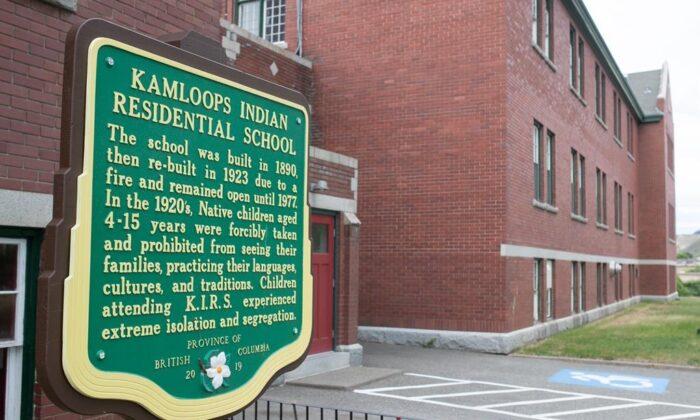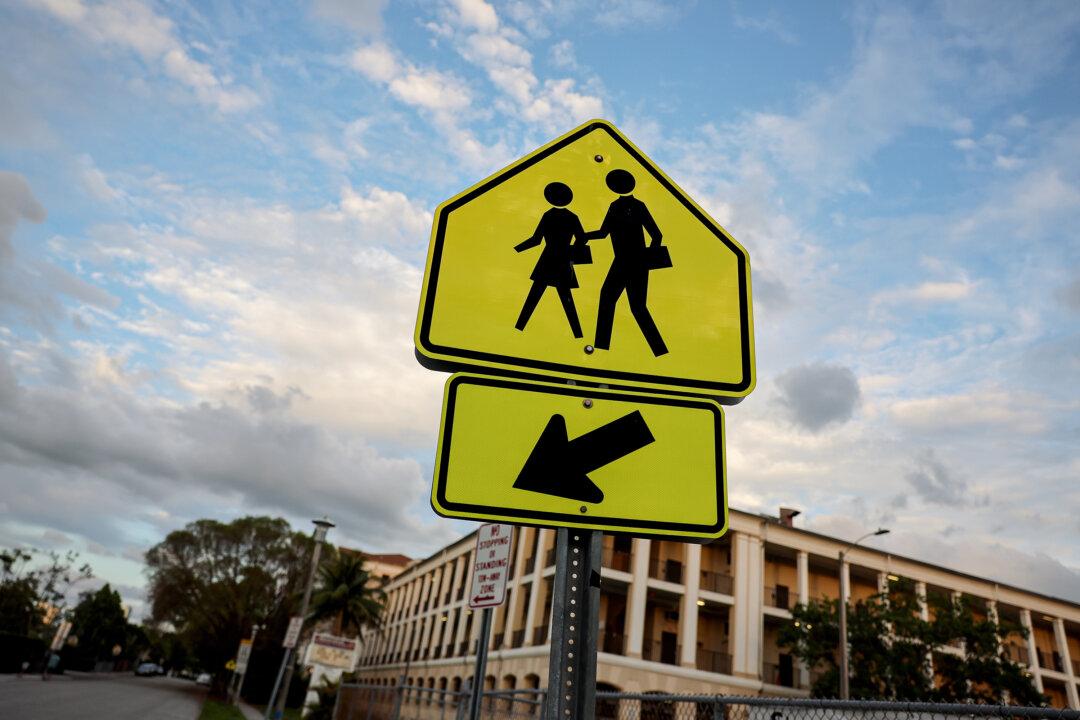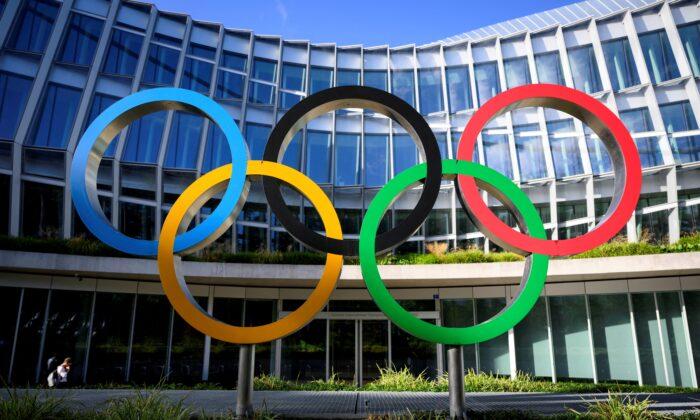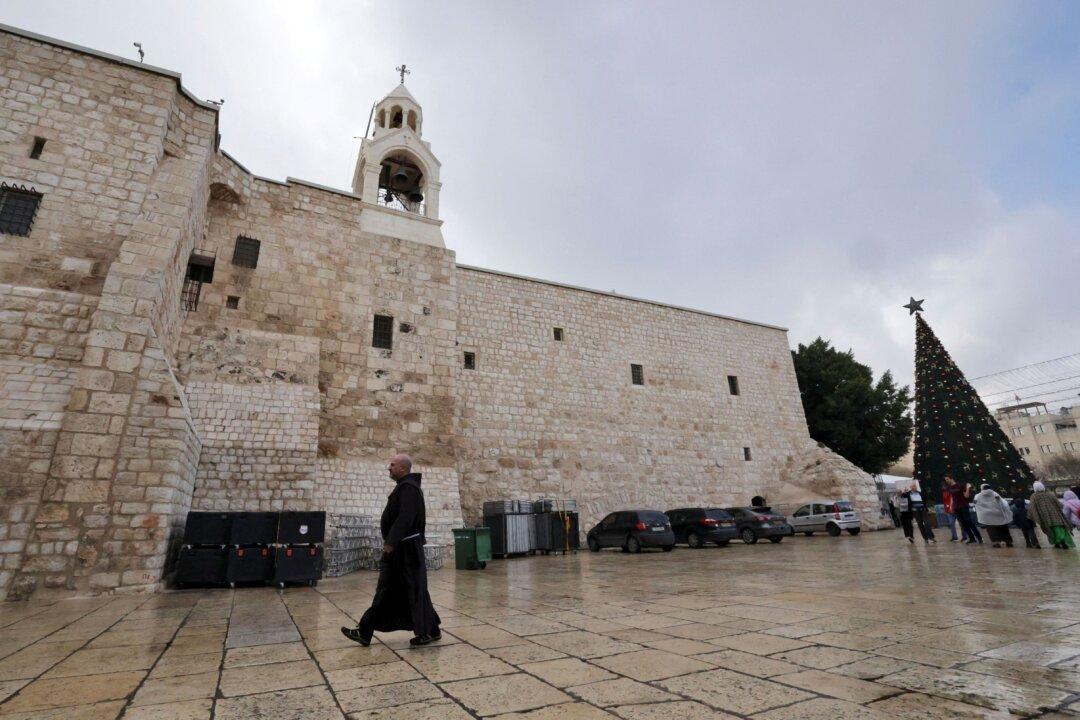Commentary
On May 30, 2021, the Canadian Federation of Students issued a
statement to Canadian schools, declaring: “On Thursday, May 27, the remains of 215 Indigenous children were found buried in an unmarked mass grave at the Kamloops Residential School [in British Columbia]. These were acts of cultural violence, genocide and colonialism.”
Within days, this unsubstantiated assertion was
dialled back by Tk’emlúps Chief Rosanne Casimir, who conceded that the alleged discovery by ground-penetrating radar was not a “mass grave,” but rather possible “individual, unmarked grave sites.” This is important, because “mass grave” usually points to a massacre. But there is no evidence for illicit death at Kamloops or any of the other 150 residential schools over the course of their tenure. In the interlude since the May 27, 2021, announcement, numerous evidence-based articles testifying to that fact by researchers in indigenous affairs have appeared in the
Dorchester Review,
C2C Journal and the
National Post, as well as
in these pages.
Nevertheless, the incorrect CFS statement remains to this day on their website. I assume it is there purposefully, as I recently sent them a media query asking if they planned to update their statement to reflect present knowledge, but received no response.
Their silence doesn’t surprise me. The putative children’s graves that remain mysteriously unexcavated are central to a major plank in the residential-school narrative, whose frequent departures from facts and linguistic precision rarely elicit challenge from politicians or mainstream media. Only a handful of resolutely objective researchers—notwithstanding their genuine, sincerely expressed sympathy for the real and pervasive problems plaguing a significant swathe of Canada’s indigenous population—privilege evidence-based scholarship over rumours, oral history, and emotion-based “knowing.” As punishment for their academic integrity, they are routinely excoriated for their “denialism,” including by Marc Miller, minister of Crown-Indigenous Relations, on
Twitter.
By remaining uninterrogated, the alleged children’s graves can be exploited as testimony to the stubborn assertion that forced assimilation is a form of “cultural genocide.” Once subsumed under the “genocide” rubric, it logically follows that all indigenous Canadians whose forebears attended the residential schools have inherited “intergenerational trauma.” And it is this intergenerational trauma that is presumed to explain such stubbornly persisting disparities with the general population as lower life expectancy, higher morbidity, substance abuse, unemployment, and disproportionate crime.
Intergenerational trauma is a compelling idea that relies on a ballooning fascination with “epigenetics,” whose driving theory is that individual genes can be altered by life experience, and the changes passed on to future generations (so far, actual testing of the theory has been done only on mice). In the case of the residential schools, oddly enough, considering the research-friendly existence of a sizable control and comparison group—those who attended residential schools (
fewer than one third of all indigenous children) and those who attended day schools in their communities—
virtually no research has been done that would support or weaken the intergenerational-trauma hypothesis.
Mark Smith, professor of social work at the University of Dundee, Scotland, has carried out extensive
research in the field of trauma associated with residential schools. In an email exchange, Prof. Smith told me, with regard to Canada’s residential-school narrative: “A trauma ideology underpins a lot of what is going on here. It fabricates or exaggerates past experience and legitimizes claims for damages … [yet] there is no evidence for any notion of trauma passing across generations like some sort of stigmata.”
Research on transgenerational transmission of Holocaust trauma bears out Prof. Smith’s conclusion. A
meta-study of 35 comparative studies on the mental state of offspring of Holocaust survivors, published between 1973-1999, “Psychopathology in children of Holocaust survivors: a review of the research literature,” finds “rather conclusively that the non-clinical population of children of Holocaust survivors tend to function rather well in terms of manifest psychopathology, and differences in the mental state of offspring and people in general are small.”
Another study—controlled, double blind—“confirmed previous findings that the offspring of Holocaust survivors do not show more psychopathology than the general population.” Indeed, survivors “strived to secure a better and safer life for their children as evidenced by the relatively higher level of education that the offspring of the survivors were able to achieve than the comparison group.” Empirically, for what it’s worth, I estimate about half my Jewish social peer group are themselves Holocaust survivors or children of survivors. My observation is that many of them are higher strung than average, but none ever underperformed academically or professionally. If anything, I find them more driven toward high achievement than other friends and acquaintances.
It seems pretty clear that trauma—a very real phenomenon that has traditionally been applied to lingering responses to scarifying experiences in war or natural disasters—is, in the case of the residential-school activists, being dumbed down for political and
rent-seeking reasons. It is no coincidence that in our victim-centric culture, suffering offers a path to social status, which exacerbates the tendency to dumb definitions down. Self-diagnosis of trauma has proliferated. Descriptions of personal trauma—even when
exaggerated or
imaginary—can reap social and even material rewards. The average North American is more likely to associate trauma with COVID lockdowns than with Anne Frank’s attic incarceration.
Such concept creep is useful to progressive activists because it allows them to elevate experiences that were once thought of, legitimately, as extremely difficult, unjust, or painful, into the realm of evil, a category that should be approached with caution and a certain reverence for its victims. Thus, since there is no word for something that is worse than a genocide, it should be reserved for the worst of the worst. You do not find in real genocides leaders of the victim communities
calling for more of it, but indigenous leaders in Canada did demand more residential schools. You do not find, in the memoirs of real genocide survivors, fond recollections and gratitude for the education that permitted them to succeed in the world beyond their doorsteps. But you do find
such accounts—a significant number—from former residential-school students.
Today, disturbingly, thanks to activists’ concept manipulation, the residential schools are commingled with Auschwitz in the public imagination.
When we perceive descendants as literally genetically altered by their forebears’ experiences, it does nothing to encourage resilience or confidence in the personal agency that denotes, in democracies at least, our common human estate. In the case of the residential schools, our elites’ embrace of “narrative” over evidence buys them virtue offsets for their settler privilege, even as they cheerfully demonize principled scholars, while consigning indigenous children to hopelessness.
Views expressed in this article are opinions of the author and do not necessarily reflect the views of The Epoch Times.





